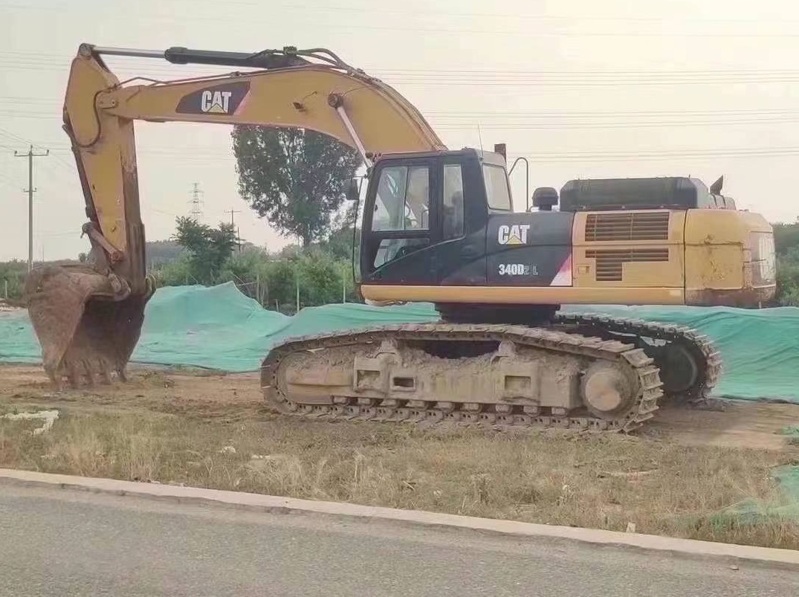What are the causes of water leakage in the water tank of the CAT 336 excavator?
The reasons for the water tank leakage of CAT 336D excavator may include the following:
Water pipe rupture: Water pipe rupture or small cracks may cause water tank leakage. If this situation is found, you can try using a strong water tank sealing agent to solve it.
Untightened water tank cover: Untightened water tank cover can cause unstable pressure inside the water tank, leading to water leakage. Confirm and tighten the water tank cover to maintain its sealed state.
Engine problem: Engine oil emulsification can affect heat dissipation. Check the engine oil cap. If there are signs of emulsification, it may be a problem with the cylinder gasket. At this point, it is recommended to go to a repair shop for inspection and replacement.
Rubber hose joint leakage: Loose or damaged rubber hose joints are also common sources of water leakage. Fix the joint with a screwdriver or temporarily wrap it with adhesive tape. In severe cases, professional repairs are required.
Heat pipe rupture: If the leaking water source comes from the heat pipe, you can inject a sealing agent, cut off the leaking part, block it with soap cotton balls, and then use pliers to handle the cut end to ensure it is flattened and curled.

The method of solving water tank leakage with Carter 366D second-hand excavator:
Using a sealing agent: Pour the sealing agent into the water tank, start the engine, turn on the cooling water circulation, and it will take about ten minutes to stop the leakage.
Replacing seals: If the water leakage is caused by aging or damage to the seals, the problem can be solved by replacing them with new ones. Before replacing the seal, it is necessary to turn off the water source and drain the water in the tank.
Patch vulnerability: Use water-resistant and acid alkali resistant repair materials (such as epoxy resin adhesive) to fill the vulnerability, ensure it dries, and then reuse the water tank.
Strengthen fixation and maintenance: Check whether the installation of the water tank meets the specifications, confirm whether the brackets and fasteners are sturdy, and regularly inspect the condition of the water tank's seals, fasteners, and other components.
Maintenance measures to prevent water tank leakage:
Regularly inspect the water tank: Regularly check the condition of the seals, fasteners, and other components of the water tank, promptly identify problems, and perform maintenance.
Avoid driving at high temperatures: Do not attempt to continue driving when the water temperature is too high, as this may result in serious mechanical damage. Keep idling and open the hood to help dissipate heat.
Correct operation: Do not pour cold water directly into the engine cylinder block or cylinder head to prevent the cylinder block from breaking due to sudden cooling. Wrap the water tank cover with a damp towel, slowly open the first switch, and wait for the steam pressure to be released before fully opening the water tank cover


